Home>Furniture & Design>Outdoor Furniture>How To Make Fabric Waterproof For Outdoor Use
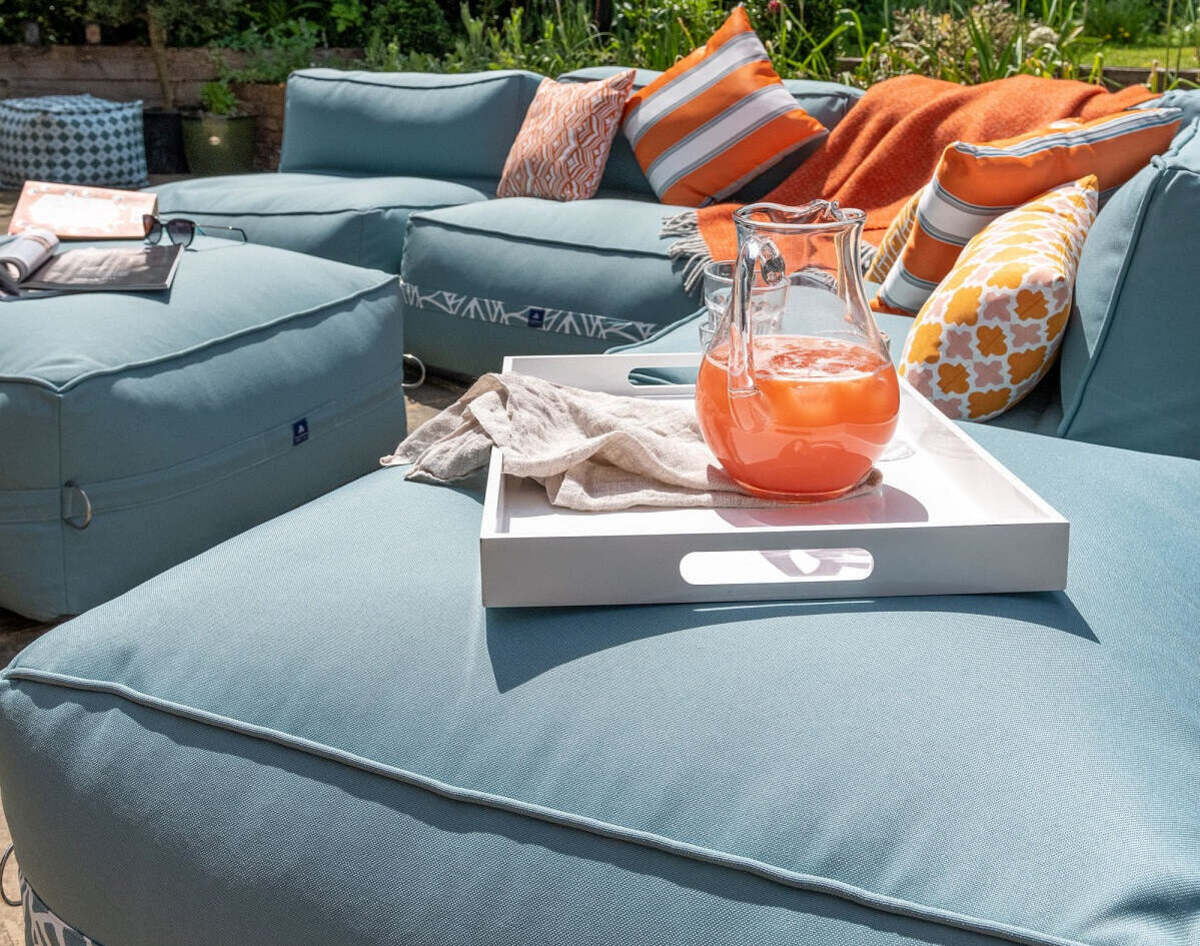

Outdoor Furniture
How To Make Fabric Waterproof For Outdoor Use
Published: January 16, 2024
Learn how to waterproof fabric for outdoor furniture and design. Protect your outdoor textiles with these easy and effective methods.
(Many of the links in this article redirect to a specific reviewed product. Your purchase of these products through affiliate links helps to generate commission for Storables.com, at no extra cost. Learn more)
Understanding the Importance of Waterproofing for Outdoor Fabrics
Introduction
When it comes to outdoor furniture and design, one of the most critical factors to consider is the ability of fabrics to withstand the elements. Whether it's the cushions on your patio furniture, the umbrella shading your outdoor dining set, or the fabric awnings providing shelter, ensuring that these materials are waterproof is essential for their longevity and functionality.
Imagine a beautiful summer day, with the sun shining and a gentle breeze rustling the leaves. You're enjoying a leisurely afternoon on your outdoor furniture when, suddenly, dark clouds roll in, and the sky opens up with a torrential downpour. Without proper waterproofing, your outdoor fabrics would quickly become saturated, leading to potential damage, mold, and a less-than-pleasant outdoor experience.
In this article, we will delve into the art of making fabric waterproof for outdoor use. We'll explore the importance of waterproofing, the types of fabrics suitable for outdoor applications, the preparation and application process, and how to test and maintain the waterproofing. By the end, you'll be equipped with the knowledge and confidence to ensure that your outdoor fabrics remain resilient in the face of nature's unpredictable temperament.
So, let's embark on this journey to understand the nuances of waterproofing outdoor fabrics, ensuring that your outdoor living spaces remain inviting and functional, come rain or shine.
Key Takeaways:
- Waterproofing outdoor fabrics is essential for protecting them from moisture, mold, and degradation, ensuring they remain visually appealing and functional in outdoor settings.
- Choosing the right fabric and diligently applying waterproofing treatments can create durable, weather-resistant outdoor furnishings that retain their allure and comfort for years to come.
Read more: How To Treat Fabric For Outdoor Use
Understanding Waterproofing
Waterproofing is the process of making a fabric or material resistant to the penetration of water. In the realm of outdoor furniture and design, this is a crucial undertaking, as exposure to the elements can wreak havoc on untreated fabrics. By waterproofing outdoor fabrics, you create a protective barrier that safeguards against moisture, thereby prolonging the lifespan of the material and maintaining its aesthetic appeal.
There are various methods and products available for waterproofing fabrics, each with its unique application techniques and effectiveness. One common approach involves using specialized waterproofing sprays or solutions designed specifically for outdoor fabrics. These formulations often contain polymers or silicone that bond with the fabric fibers, creating a hydrophobic layer that repels water.
It’s important to note that waterproofing does not mean rendering the fabric completely impervious to water. Instead, it aims to significantly reduce water absorption, allowing the fabric to repel moisture and dry more quickly. This is particularly advantageous in outdoor settings, where sudden rain showers or morning dew can pose challenges to maintaining the integrity of fabrics.
Furthermore, waterproofing contributes to the overall resilience of outdoor furniture and accessories, preventing issues such as mold growth, fabric deterioration, and unpleasant odors that can arise from prolonged exposure to moisture.
By understanding the principles of waterproofing and its role in outdoor fabric maintenance, you can proactively protect your investment in outdoor furnishings, ensuring that they remain not only visually appealing but also functional and durable in the face of varying weather conditions.
Choosing the Right Fabric
When it comes to waterproofing outdoor fabrics, the choice of material plays a significant role in determining the effectiveness and longevity of the treatment. Not all fabrics are created equal, and selecting the right one can make a substantial difference in withstanding the rigors of outdoor use.
One of the primary considerations when choosing outdoor fabric is its composition. Synthetic fabrics such as polyester, acrylic, and nylon are popular choices for outdoor applications due to their inherent resistance to moisture and mold. These materials are often solution-dyed, meaning that the color is integrated into the fibers during the manufacturing process, resulting in vibrant hues that are less prone to fading when exposed to sunlight and other environmental factors.
Another crucial factor is the weave or construction of the fabric. For outdoor use, tightly woven fabrics are preferable, as they offer better resistance to water penetration. Additionally, fabrics with a smooth surface are easier to clean and maintain, making them well-suited for outdoor furniture, cushions, and decorative elements.
It’s also essential to consider the breathability of the fabric. While waterproofing is vital for repelling external moisture, it’s equally important to allow internal moisture, such as perspiration or condensation, to escape. Fabrics with breathable properties facilitate airflow, reducing the likelihood of mold and mildew formation while enhancing overall comfort.
Furthermore, the intended application and specific environmental conditions should guide your fabric selection. For instance, if you’re seeking fabric for outdoor cushions, look for options designed to withstand prolonged exposure to sunlight without fading or degrading. Similarly, if the fabric will be used in a coastal or humid area, prioritizing mold and mildew resistance is paramount.
By carefully considering the composition, weave, breathability, and environmental suitability of outdoor fabrics, you can lay a solid foundation for effective waterproofing. Pairing the right fabric with a thorough waterproofing treatment sets the stage for durable, weather-resistant outdoor furnishings that retain their allure and comfort for years to come.
Preparing the Fabric
Before applying a waterproofing treatment to outdoor fabric, proper preparation is essential to ensure optimal adhesion and effectiveness. The goal of this preparatory phase is to create a clean, receptive surface that allows the waterproofing product to penetrate the fabric fibers and form a durable barrier against moisture.
The first step in preparing the fabric is thorough cleaning. Remove any dirt, dust, or debris from the fabric by using a gentle detergent specifically formulated for the fabric type. Avoid harsh cleaners or bleach, as they can compromise the fabric’s integrity and hinder the waterproofing process. Depending on the level of soiling, a soft-bristled brush or sponge can be used to gently scrub the fabric and dislodge embedded particles.
Rinse the fabric thoroughly to remove all traces of the cleaning agent, and allow it to air dry completely. It’s crucial to ensure that the fabric is entirely free from moisture before proceeding with the waterproofing treatment, as any residual dampness can impede the product’s ability to bond with the fabric.
Once the fabric is clean and dry, assess the presence of any existing waterproofing treatments or coatings. If the fabric has previously been treated, it may be necessary to remove the old waterproofing layer before applying a new one. This can typically be accomplished using a fabric-safe solvent or cleaner, following the manufacturer’s guidelines to avoid damaging the fabric.
Inspect the fabric for any signs of damage, such as tears, fraying, or weakened areas. Repair any imperfections before waterproofing, as the treatment will not effectively seal compromised areas, potentially allowing water ingress and undermining the fabric’s integrity.
Finally, ensure that the fabric is stretched taut and laid out on a flat, clean surface to facilitate even application of the waterproofing product. Avoid applying the treatment in direct sunlight or excessively high temperatures, as this can affect the product’s performance and the fabric’s receptiveness.
By diligently preparing the fabric through thorough cleaning, assessment of prior treatments, and addressing any damage, you set the stage for a successful waterproofing application. This meticulous approach maximizes the effectiveness of the waterproofing treatment, contributing to the long-term resilience and functionality of your outdoor fabrics.
To make fabric waterproof for outdoor use, apply a waterproofing spray or solution specifically designed for fabric. Make sure to follow the manufacturer’s instructions for best results.
Applying Waterproofing Treatment
Once the fabric is diligently prepared, it’s time to apply the waterproofing treatment, a pivotal step in fortifying outdoor fabrics against moisture and environmental stressors. The application process requires care, attention to detail, and adherence to the manufacturer’s instructions to ensure optimal results.
Begin by selecting a high-quality waterproofing product specifically formulated for the type of fabric you are treating. It’s essential to choose a product that aligns with the fabric’s composition and intended use, as different materials may require specialized formulations to achieve the desired level of waterproofing.
Before applying the treatment to the entire fabric surface, conduct a patch test on a small, inconspicuous area to assess compatibility and the potential for any adverse reactions. This step helps preempt any unexpected outcomes and allows you to adjust your approach if necessary.
When ready to proceed, work in a well-ventilated area and carefully follow the manufacturer’s guidelines for application. In most cases, waterproofing treatments are available in spray or liquid form, and the application method may vary depending on the product. Regardless of the application technique, ensure an even and thorough coverage of the fabric, paying particular attention to seams, stitching, and areas prone to water accumulation.
Use smooth, overlapping strokes to apply the waterproofing product, maintaining a consistent distance from the fabric to achieve uniform coverage. It’s crucial to avoid oversaturation, as excessive product application can lead to uneven drying, discoloration, or a sticky residue on the fabric’s surface.
After applying the treatment, allow the fabric to dry completely according to the manufacturer’s recommendations. This typically involves air-drying in a shaded area, away from direct sunlight or heat sources. Proper drying is essential for the product to bond effectively with the fabric and achieve the desired waterproofing properties.
Once the fabric is dry, assess the coverage and consider a second application if recommended by the product instructions or if additional waterproofing is desired. It’s important to strike a balance, as over-application can lead to diminished breathability and an unnatural feel to the fabric.
By meticulously applying the waterproofing treatment in accordance with the fabric type and product specifications, you bolster the fabric’s resistance to moisture and enhance its durability in outdoor environments. This proactive measure contributes to the sustained beauty and functionality of your outdoor furnishings, ensuring that they remain resilient against the elements.
Read more: How To Waterproof Home Decor Fabric
Testing the Waterproofing
After applying the waterproofing treatment to outdoor fabric, it’s essential to verify its effectiveness through thorough testing. This step allows you to assess the fabric’s ability to repel water and provides confidence in its resilience when exposed to the elements.
One of the simplest methods to test the waterproofing is through a visual inspection. Sprinkle a small amount of water onto the treated fabric’s surface and observe the behavior of the water droplets. If the waterproofing is effective, the water should bead up and roll off the fabric rather than being absorbed. This indicates that the treatment has created a hydrophobic barrier, preventing water penetration and safeguarding the fabric beneath.
Another approach involves conducting a practical test by simulating real-world conditions. Using a spray bottle, apply a fine mist of water onto the fabric, paying attention to different areas and angles. Observe how the water interacts with the fabric, noting whether it beads up and remains on the surface or if it starts to penetrate the material. This test provides a more comprehensive evaluation of the waterproofing’s performance under varying moisture exposure.
If the fabric passes the visual and practical tests, it indicates that the waterproofing treatment has been successful in fortifying the fabric against water intrusion. However, it’s advisable to periodically retest the waterproofing, especially after prolonged use or exposure to adverse weather, to ensure that its protective properties remain intact.
In the event that the waterproofing appears compromised during testing, it may be necessary to reapply the treatment or address any areas where water penetration is observed. Additionally, inspect the fabric for signs of discoloration, uneven coverage, or changes in texture, as these can indicate areas that require attention or correction.
Regular testing and maintenance of the waterproofing treatment contribute to the longevity and performance of outdoor fabrics, allowing you to address any potential issues proactively and preserve the fabric’s protective qualities. By incorporating testing into your fabric care routine, you can uphold the integrity of your outdoor furnishings and ensure their enduring ability to repel moisture, keeping them looking and feeling their best.
Maintenance and Care
Ensuring the longevity and effectiveness of waterproofed outdoor fabrics involves consistent maintenance and attentive care. By implementing proper upkeep practices, you can safeguard the fabric’s waterproofing, preserve its appearance, and extend its functional lifespan, ultimately maximizing your outdoor investment.
Regular cleaning is a fundamental aspect of fabric maintenance, as it helps prevent the accumulation of dirt, debris, and organic matter that can compromise the waterproofing and overall integrity of the material. Use a mild detergent and a soft brush or sponge to gently clean the fabric, paying attention to any areas where moisture or soiling is more likely to collect.
Periodic reapplication of the waterproofing treatment is recommended to reinforce the fabric’s water-repelling properties, especially in high-use or exposed areas. Over time, environmental factors and frequent use can diminish the effectiveness of the initial treatment, necessitating proactive reapplication to maintain optimal waterproofing performance.
When not in use, protect outdoor fabrics from prolonged exposure to harsh elements by utilizing covers or storing them in a sheltered area. This practice shields the fabric from excessive sunlight, inclement weather, and airborne contaminants, helping to preserve its appearance and prolong the effectiveness of the waterproofing treatment.
Inspect the fabric regularly for signs of wear, damage, or areas where the waterproofing may be compromised. Address any issues promptly, as early intervention can prevent minor concerns from escalating and impacting the fabric’s performance and longevity.
Consideration should also be given to the type of activities and usage patterns that the fabric is subjected to. For example, if the fabric is frequently exposed to heavy rain or intense sunlight, more frequent maintenance and reapplication of the waterproofing treatment may be necessary to uphold its protective capabilities.
By integrating these maintenance practices into your fabric care routine, you can uphold the waterproofing, appearance, and functionality of outdoor fabrics. Consistent attention to maintenance not only prolongs the life of the fabric but also enhances your outdoor living experience, ensuring that your outdoor furnishings remain inviting, comfortable, and resilient in the face of changing seasons and environmental conditions.
Conclusion
As we conclude our exploration of waterproofing outdoor fabrics, it’s evident that this process is a vital component of maintaining the resilience and aesthetic appeal of outdoor furniture and design elements. By understanding the principles of waterproofing and implementing the appropriate techniques, you can significantly enhance the fabric’s ability to withstand moisture and environmental stressors, ultimately prolonging its lifespan and ensuring a delightful outdoor experience.
Choosing the right fabric sets the stage for effective waterproofing, as the material’s composition, weave, and breathability play pivotal roles in determining its suitability for outdoor use. Through meticulous preparation and application of the waterproofing treatment, you create a protective shield that fortifies the fabric against water intrusion, mold, and degradation.
Testing the waterproofing and incorporating regular maintenance practices allow you to monitor the fabric’s performance and address any potential issues proactively. By embracing these measures, you uphold the fabric’s protective qualities and preserve its visual appeal, contributing to the enduring beauty and functionality of your outdoor living spaces.
It’s essential to recognize that waterproofing outdoor fabrics is not merely a functional task but a means of enriching your outdoor lifestyle. Whether it’s the vibrant cushions adorning your patio furniture, the canopy sheltering your outdoor dining area, or the decorative elements enhancing your outdoor oasis, waterproofed fabrics contribute to a welcoming and enduring outdoor environment.
As you embark on your journey of waterproofing outdoor fabrics, may this knowledge empower you to create outdoor spaces that seamlessly blend beauty and resilience. Embrace the art of waterproofing as a testament to your commitment to preserving and enhancing the allure of your outdoor furnishings, ensuring that they remain inviting and enduring, come rain or shine.
With the right fabric, meticulous preparation, diligent application, and ongoing care, you can elevate the outdoor experience, creating spaces that beckon you to unwind, entertain, and savor the splendor of nature, enveloped in the comfort and durability of waterproofed outdoor fabrics.
Frequently Asked Questions about How To Make Fabric Waterproof For Outdoor Use
Was this page helpful?
At Storables.com, we guarantee accurate and reliable information. Our content, validated by Expert Board Contributors, is crafted following stringent Editorial Policies. We're committed to providing you with well-researched, expert-backed insights for all your informational needs.
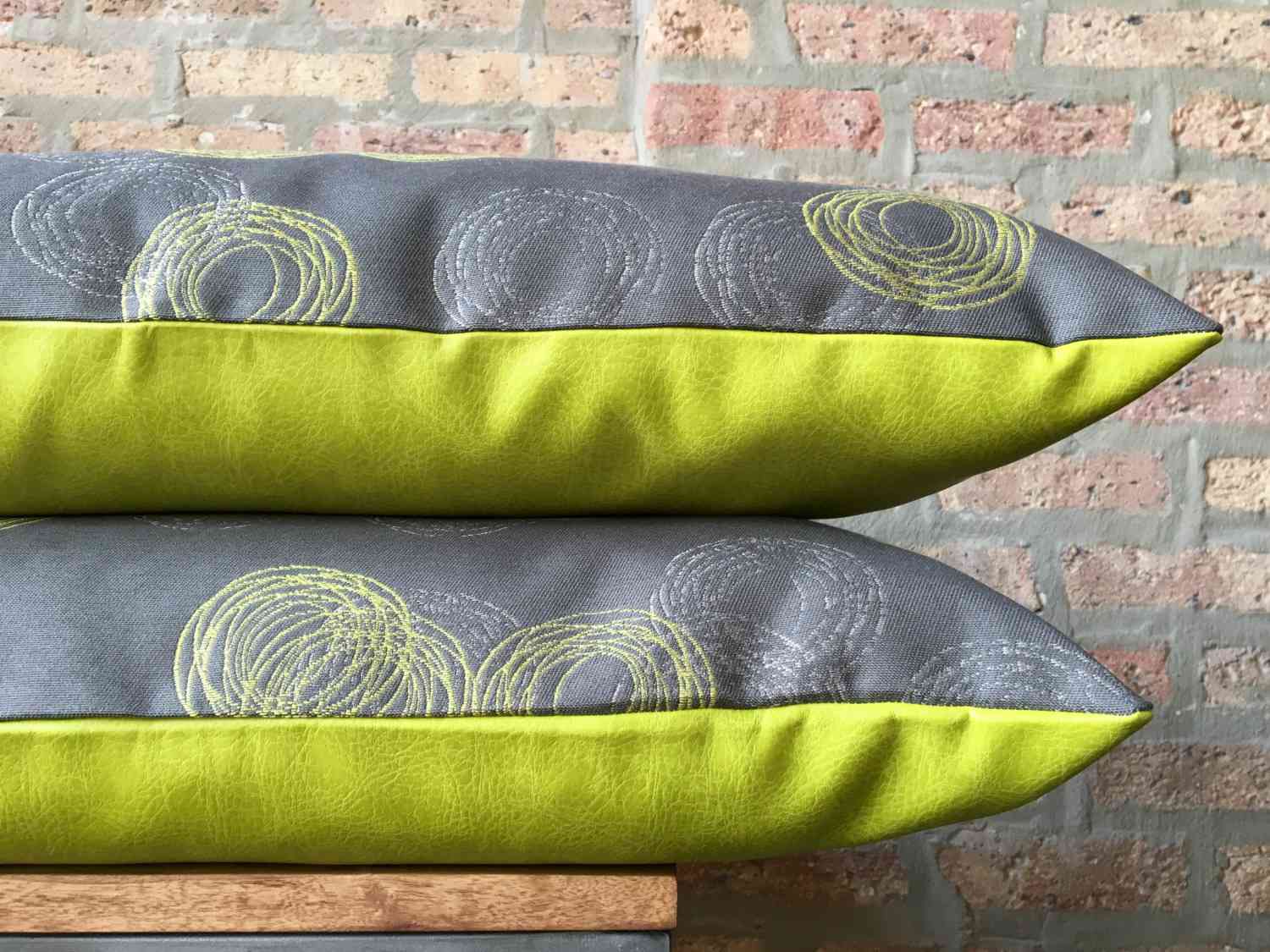
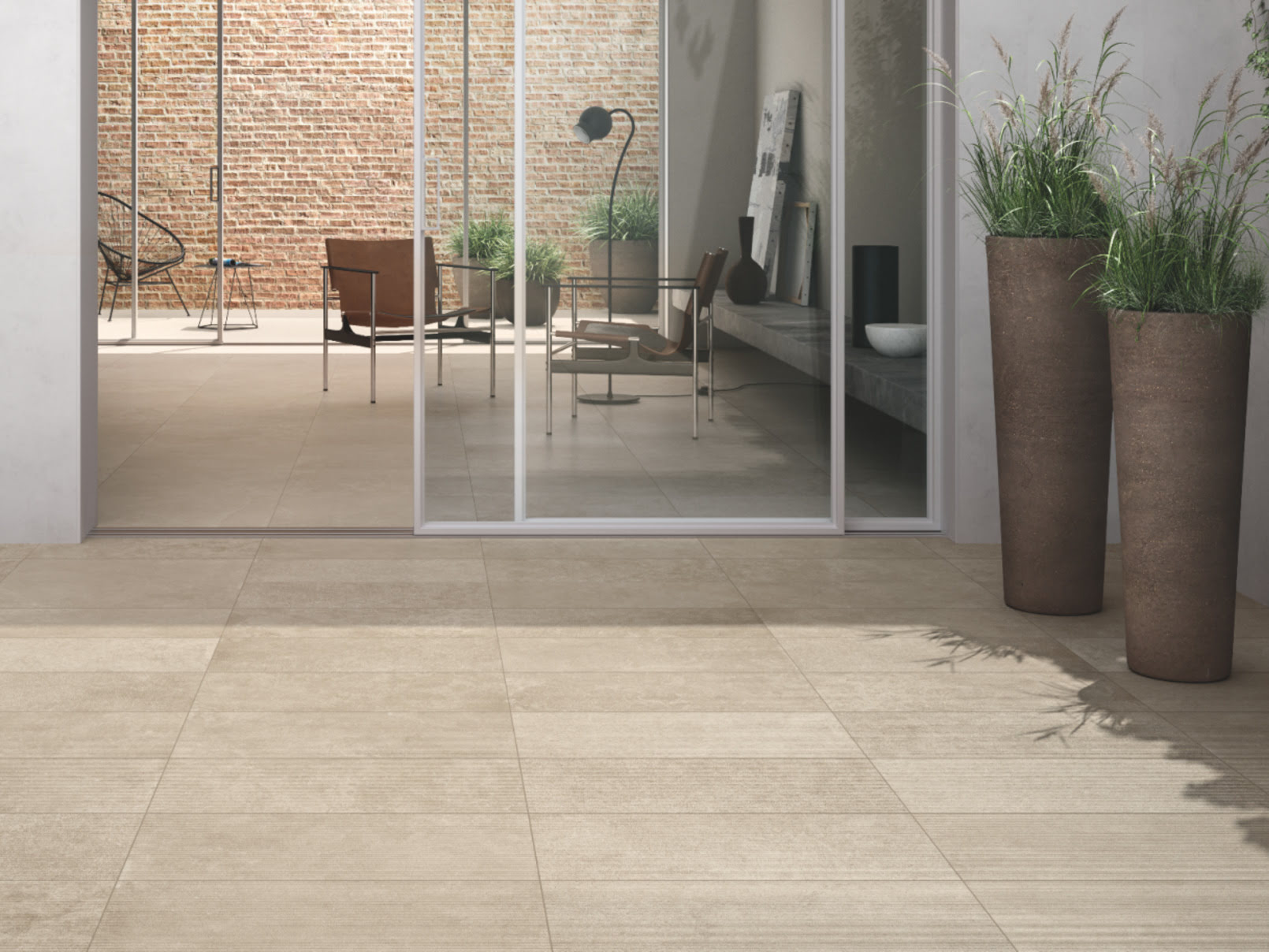
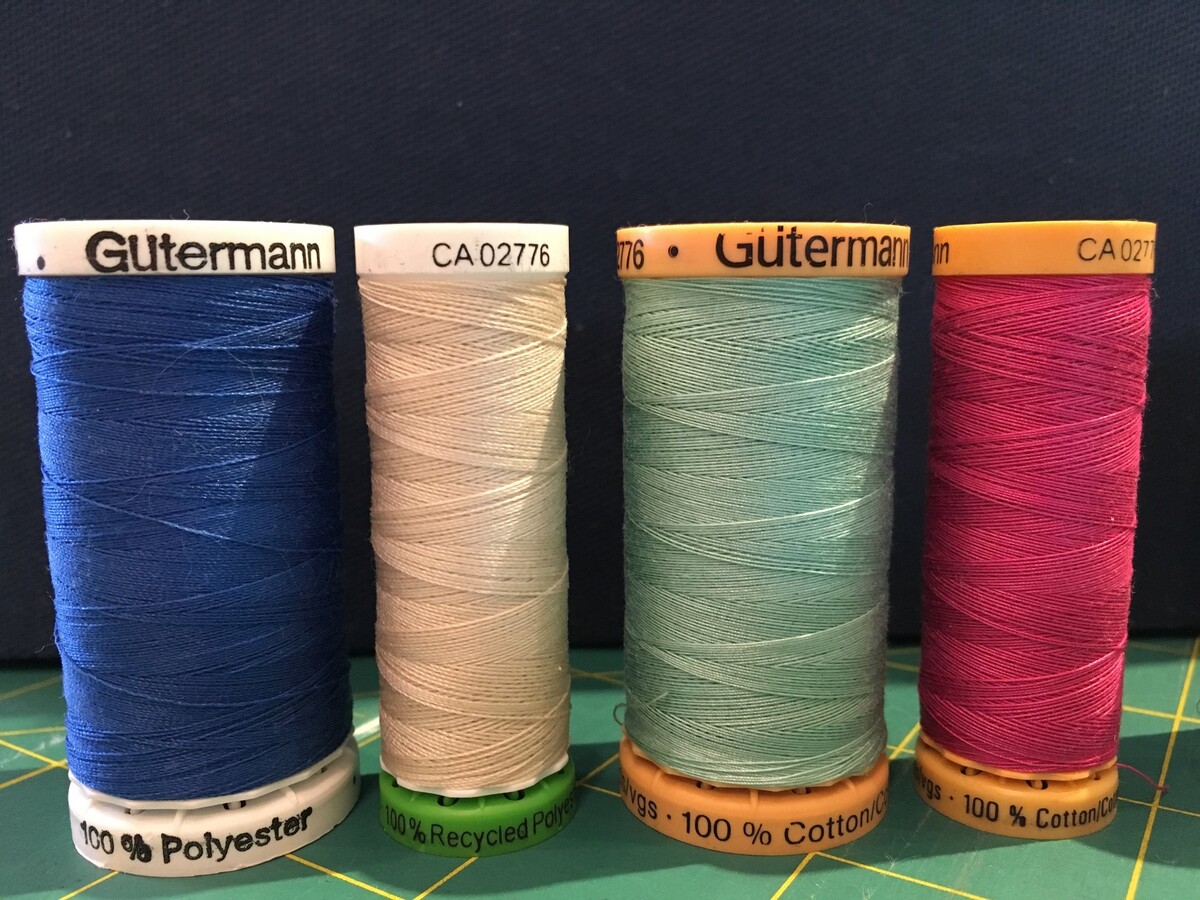

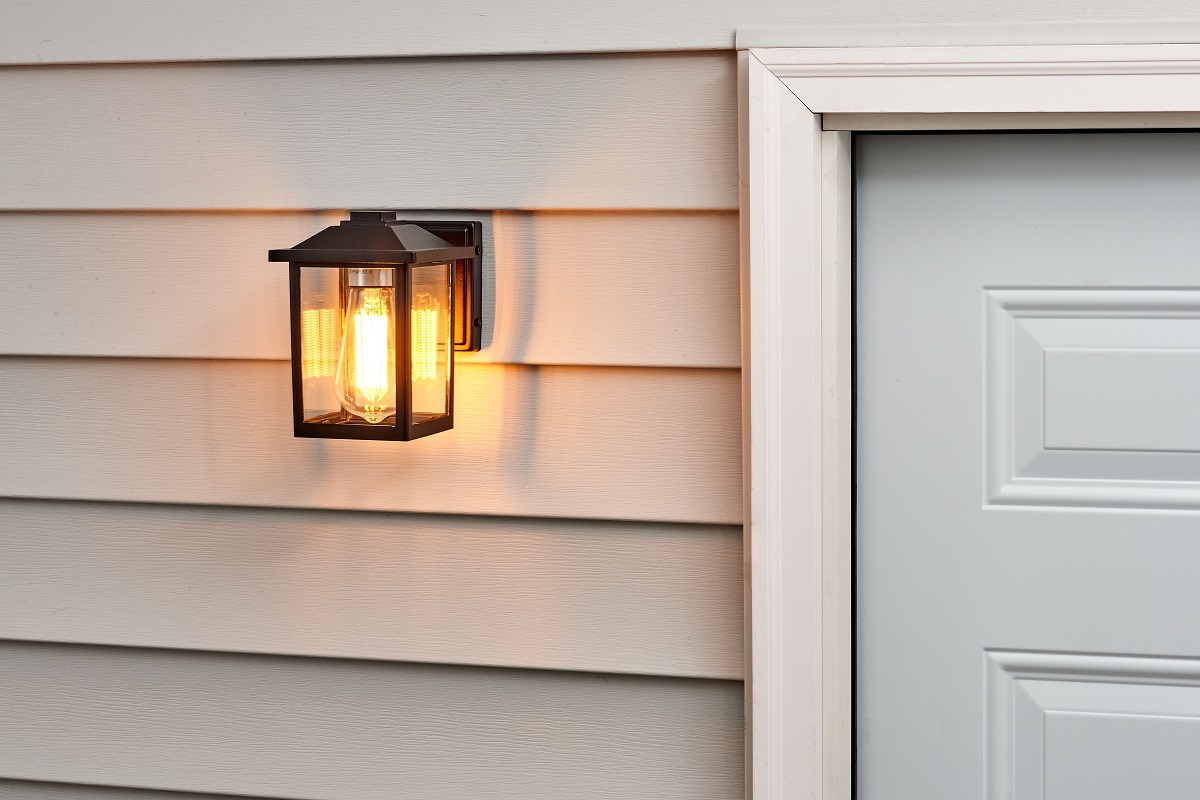
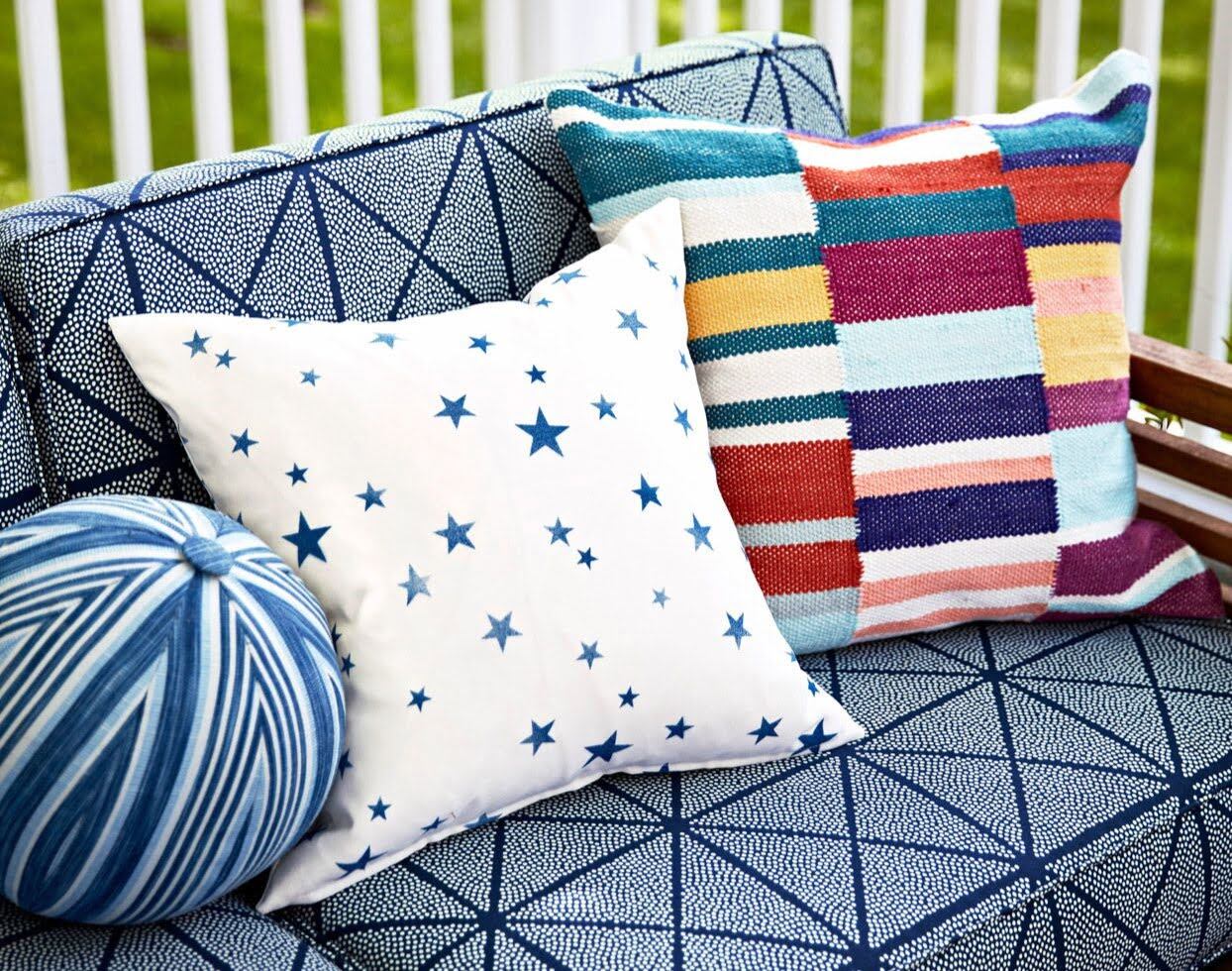
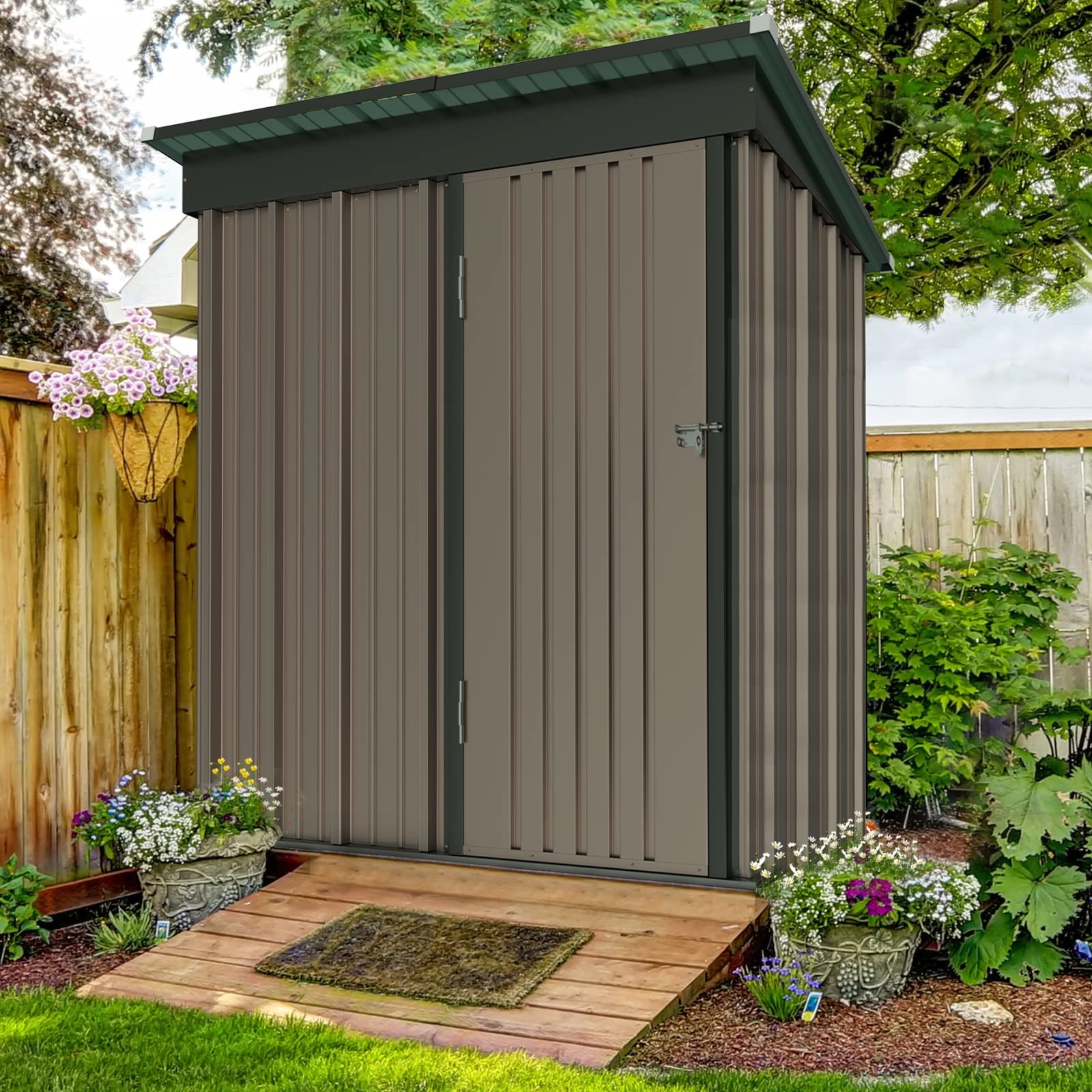
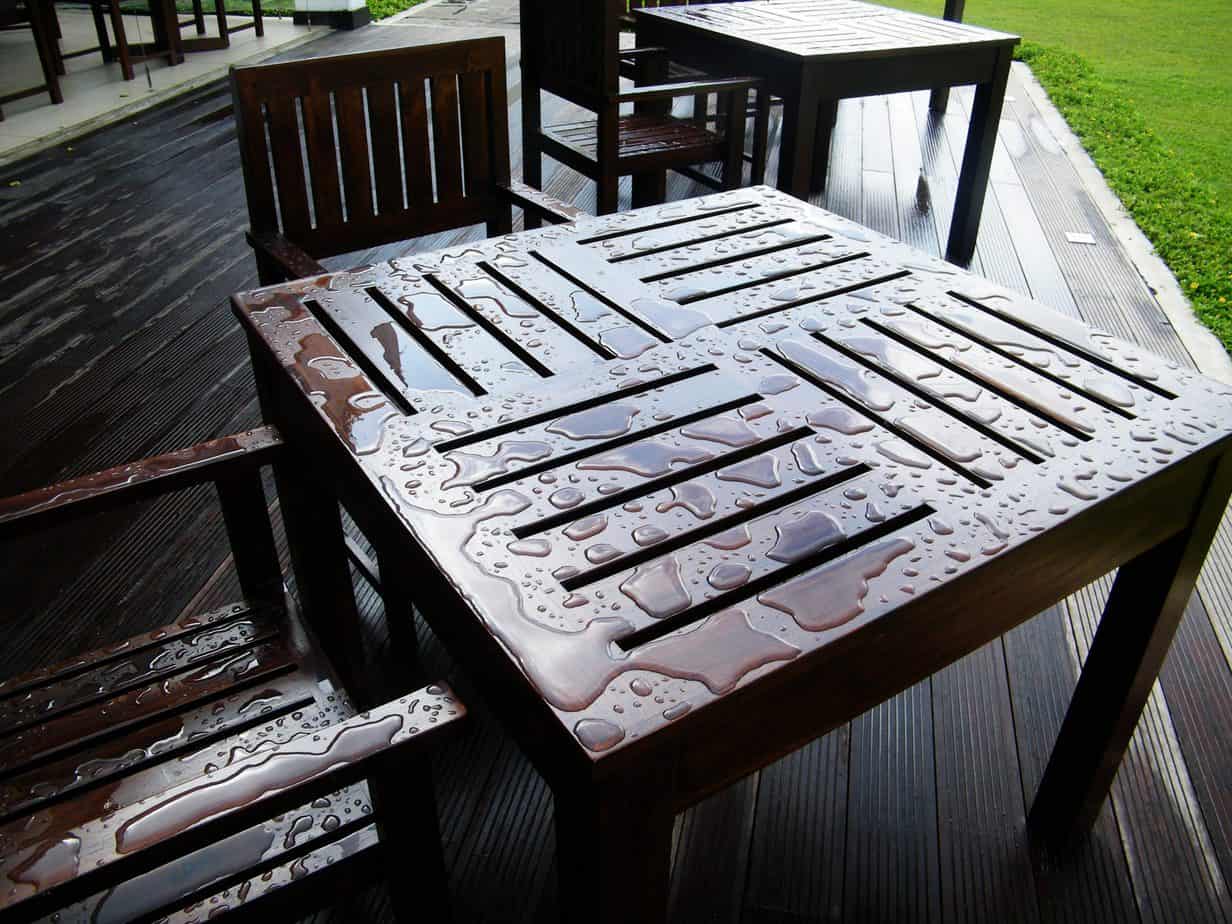
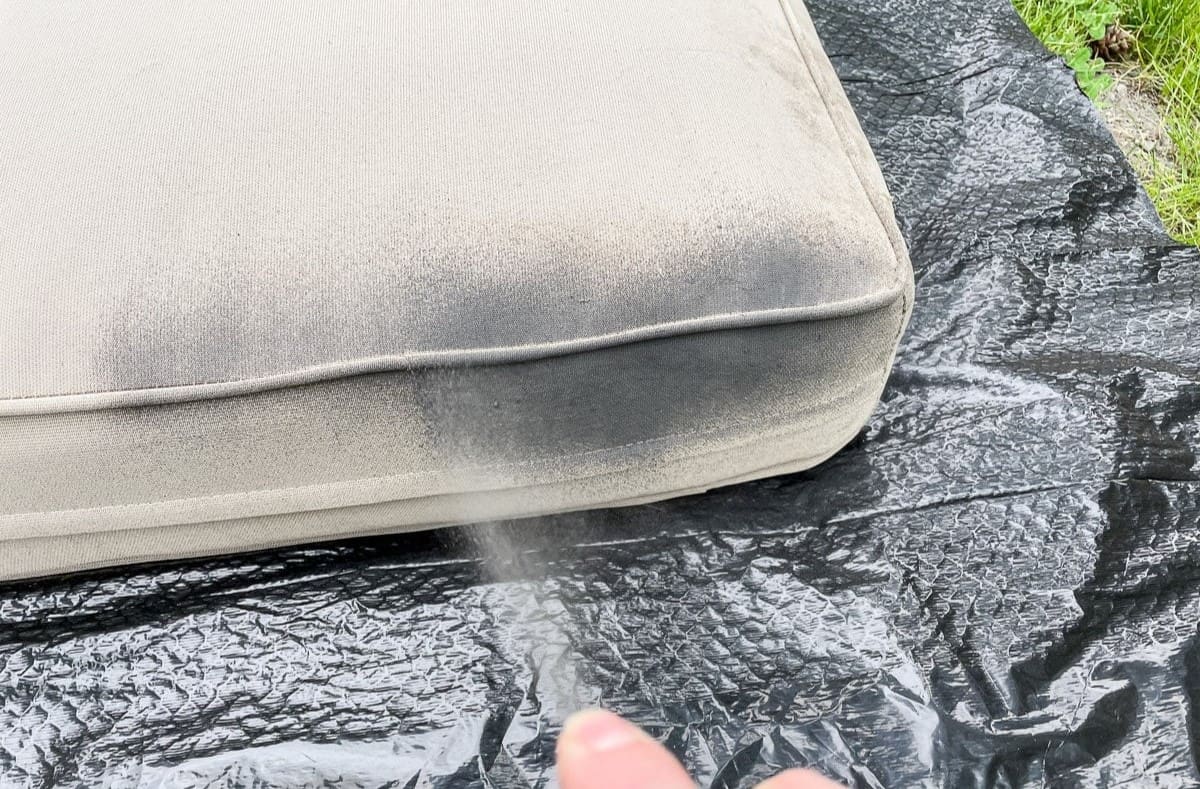
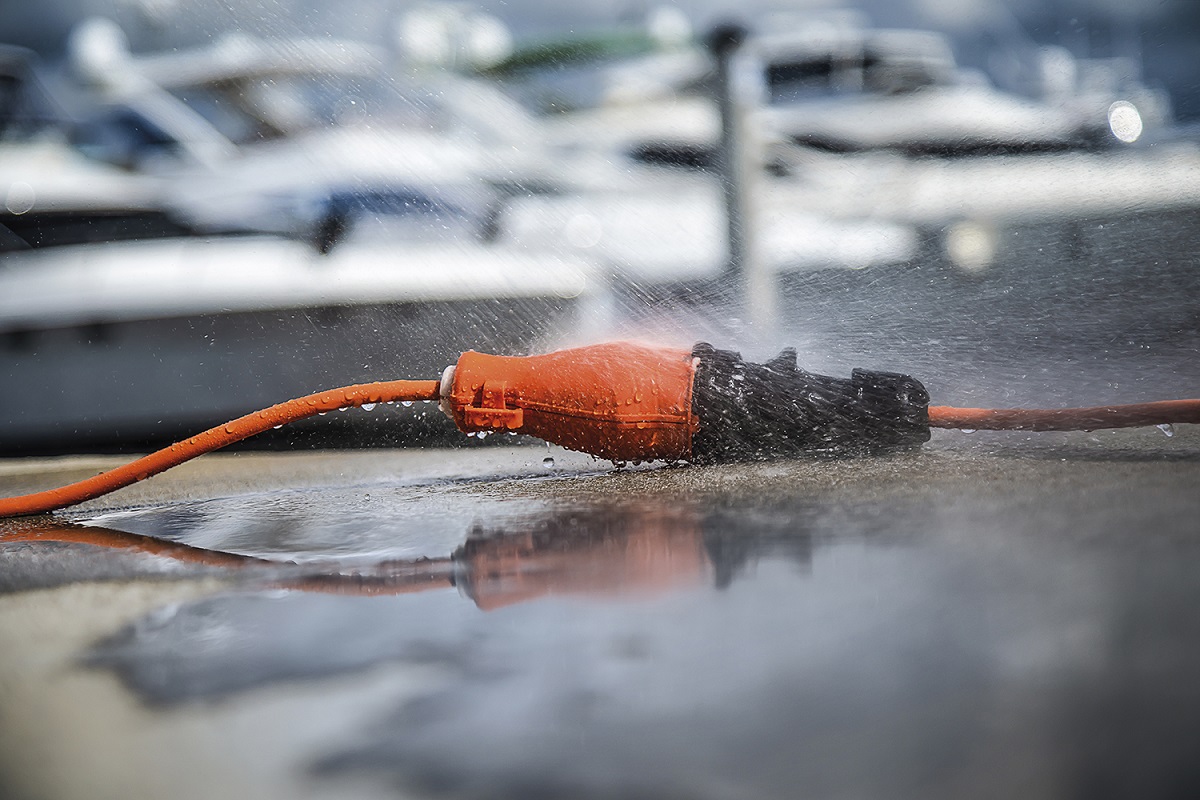
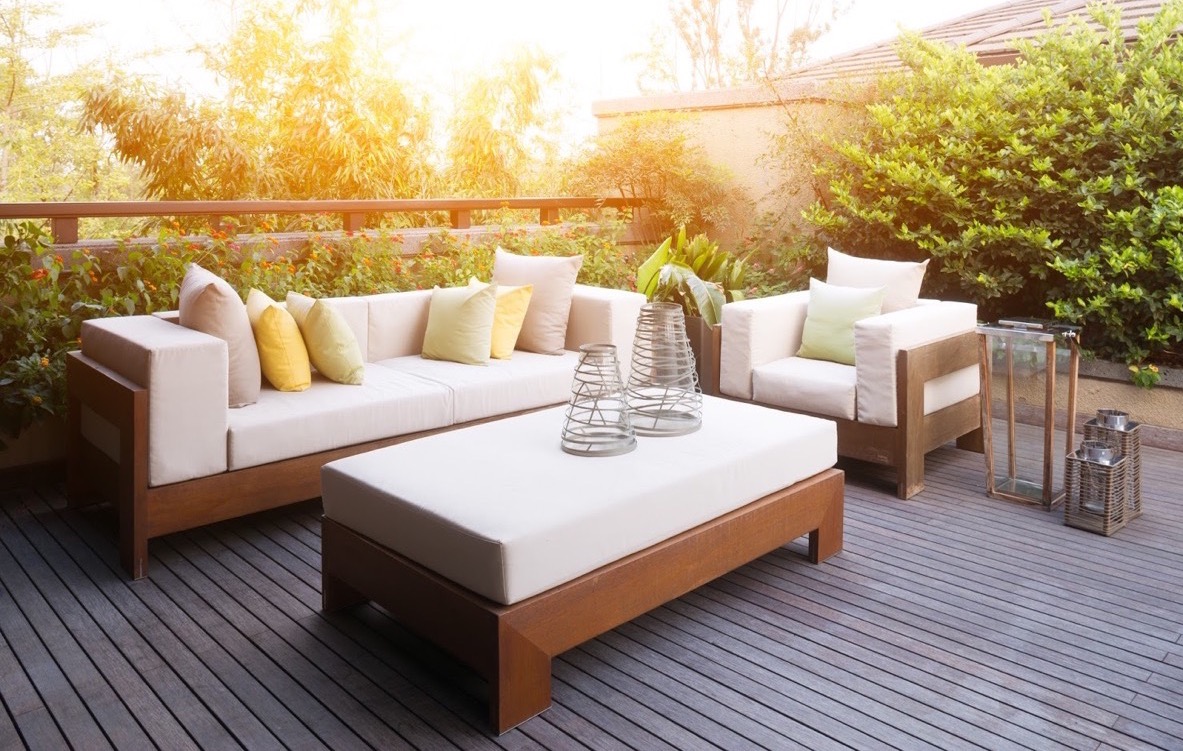
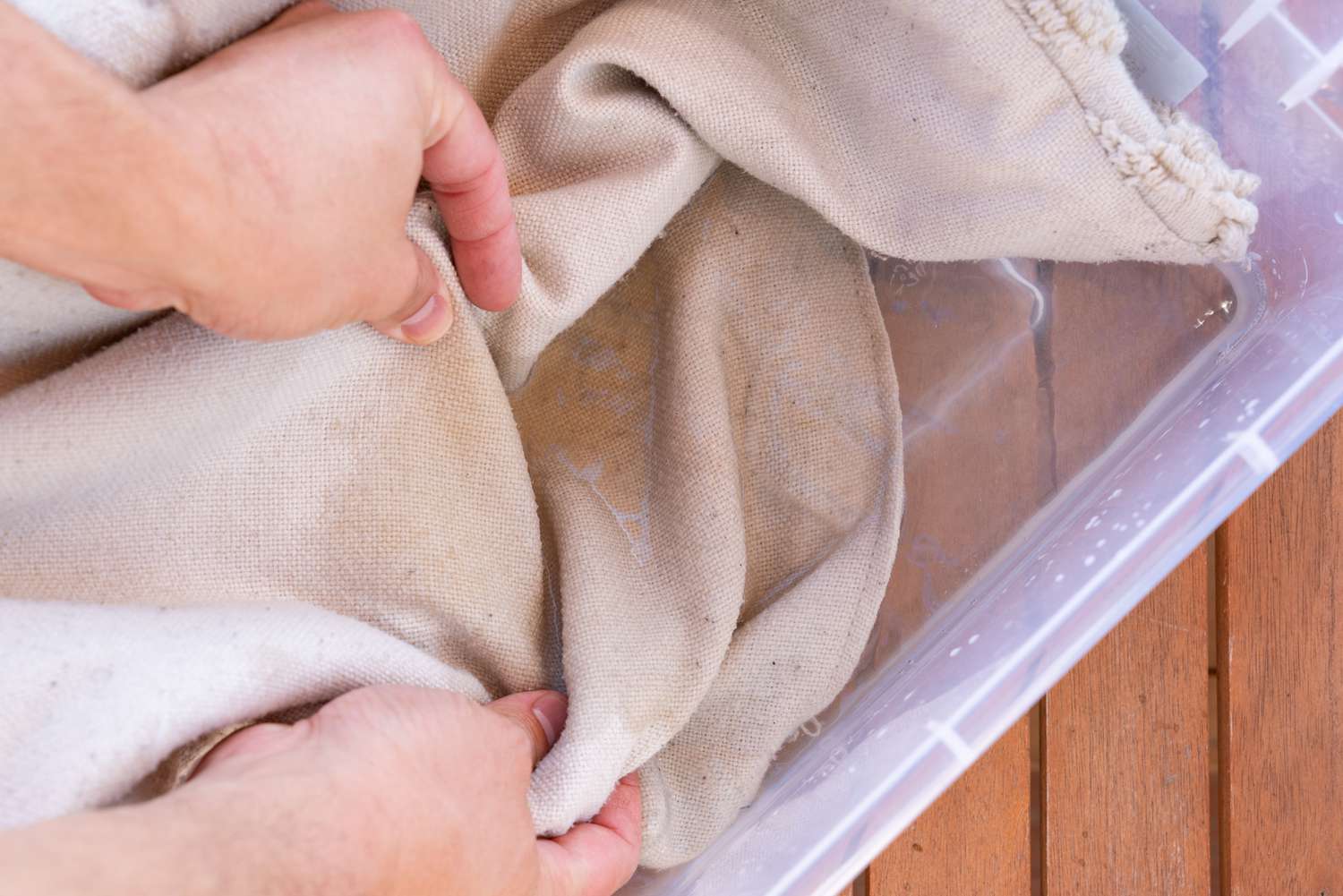
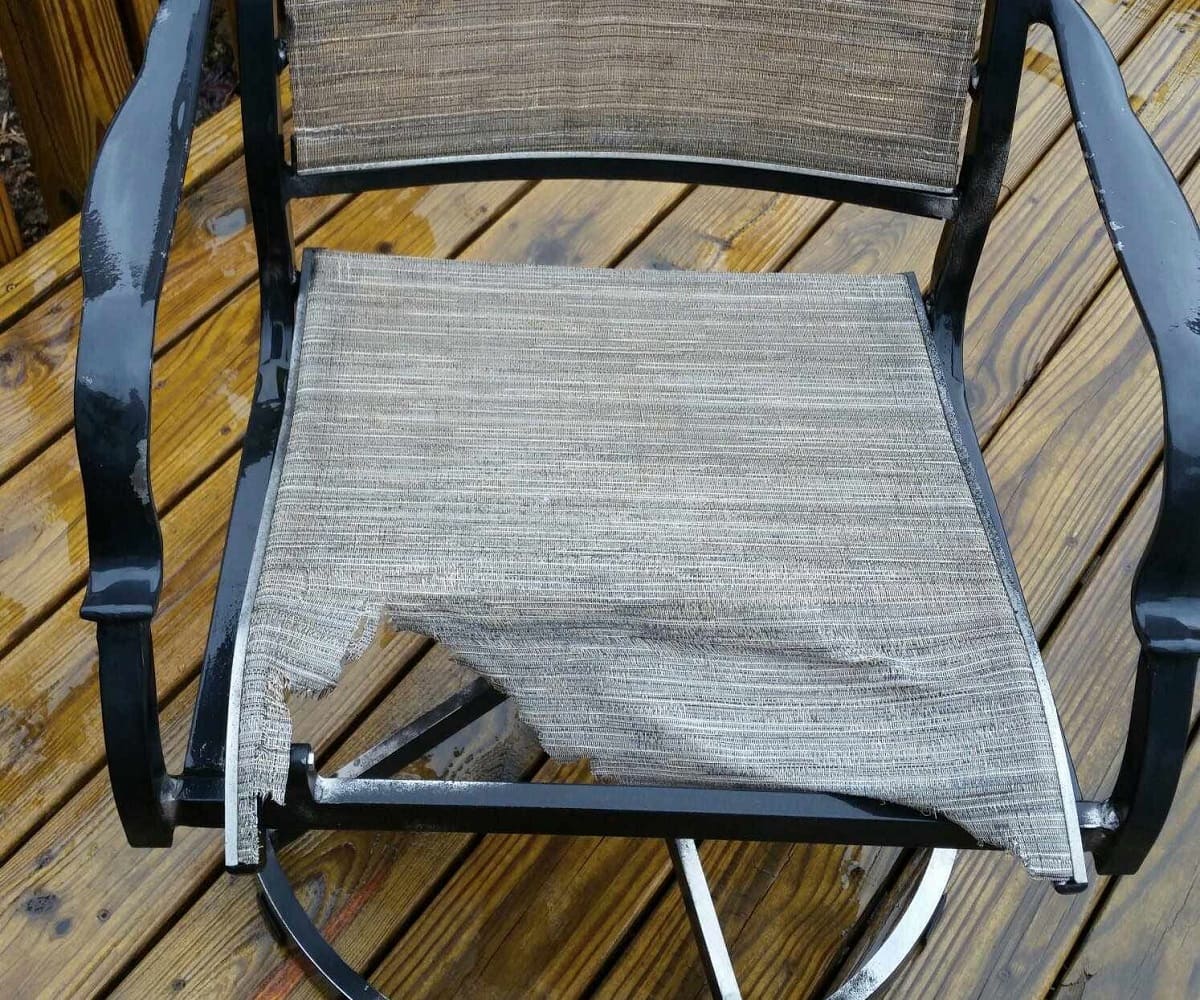
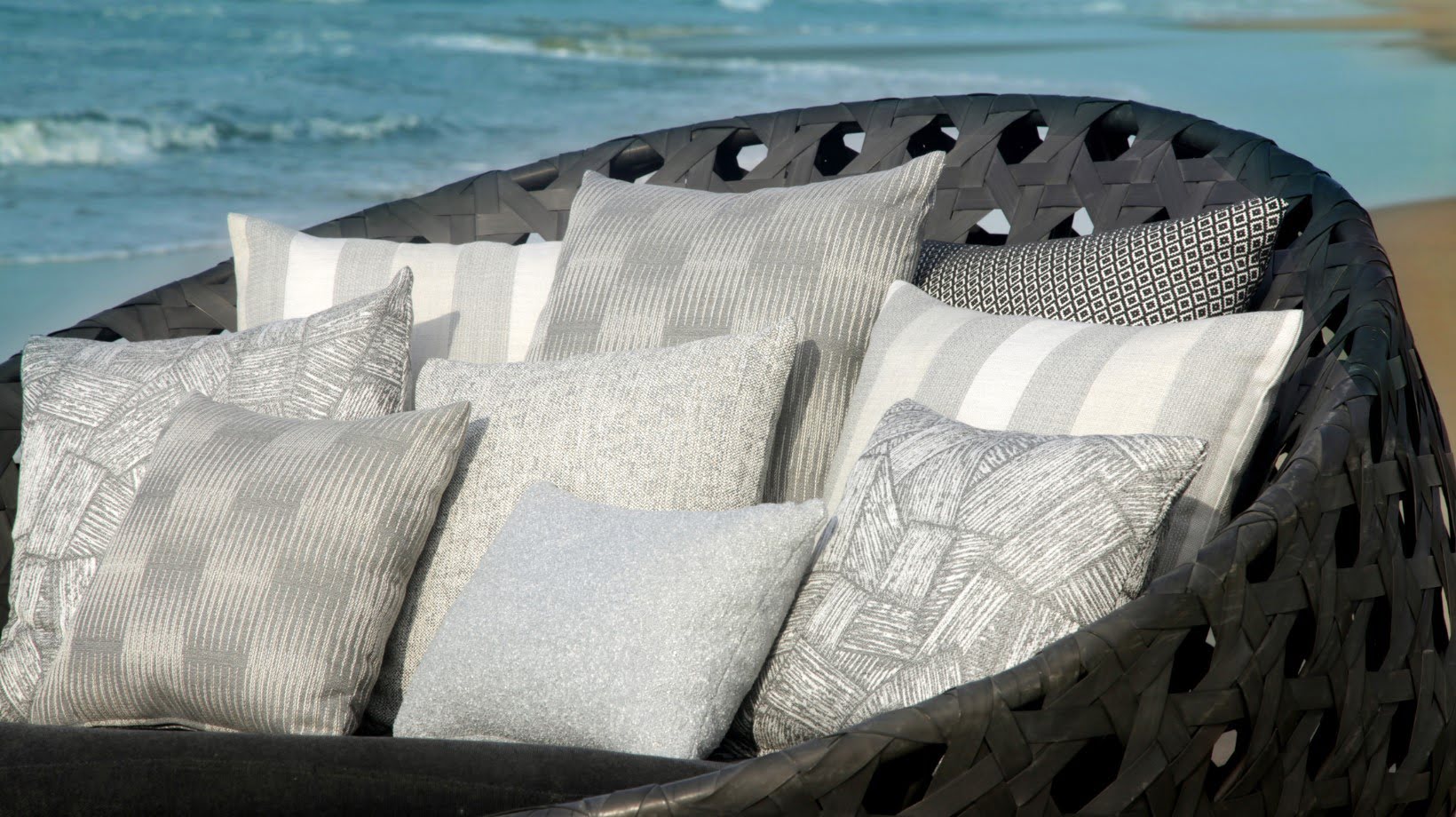

0 thoughts on “How To Make Fabric Waterproof For Outdoor Use”